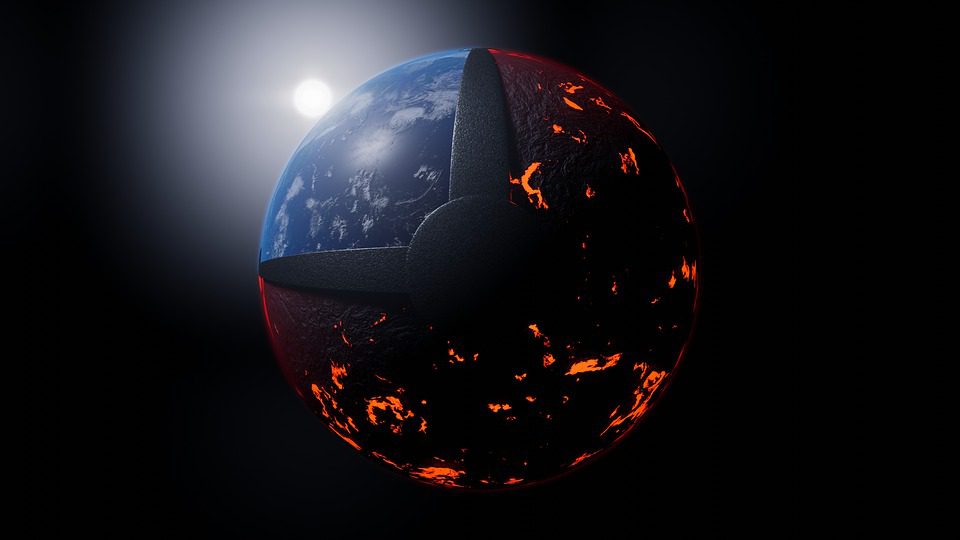For a good reason, young Earth is frequently referred to as ‘Hadean.’ The first eon, which began with the ashes of an impact that produced our Moon, was dominated by scorching heat trapped behind a dense layer of carbon dioxide as well as water vapor.
Surprisingly, the circumstances should have remained unfriendly for a far longer period of time than they did. By approximately 4 billion years ago – after just only a couple hundred million years of chilling – our planet had already begun to seem astonishingly livable.
Any theory for Earth’s tremendous metamorphosis must allow for the planet’s fast reduction of greenhouse gases, which allows the globe to chill and its water vapors to precipitate into oceans.
Two Yale University academics recently did the calculations on a rather hypothetical scenario featuring strange rocks that no longer reside on the Earth’s surface absorbing all that CO2. And the concept seems to be sound.
A vast quantity of carbon in the atmosphere had to be eliminated in some way. Since no rock record from the ancient Earth has been preserved, they began to create a theoretical model of the very primitive Earth from zero. To test the idea, scientists combined models of fluid mechanics, heat transfer, and atmospheric physics.
A quickly churning layer of wet, molten rocks densely loaded with pyroxene might explain the swift absorption of all of that carbon dioxide via a leveling process that takes millions, instead of billions of years.
Then later, after a cooling that resulted in the formation of a renewing crust composed of a few low-velocity moving plates, most of the magnesium-abundant rock would really be left well under our feet.
Without a doubt, Earth’s nightmarish phase will retain its secrets for an extended period of time. However, we are gradually gaining an understanding of how our globe became the sanctuary it is now.
The study was published in Nature.













Leave a Reply